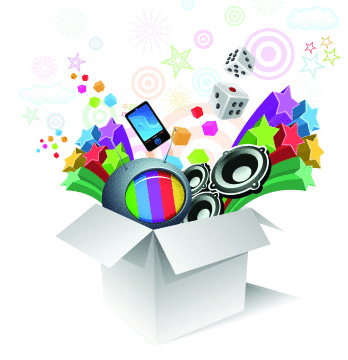by Jordan Bainer, Senior Account Executive at d.trio
Video games were a huge part of my childhood. As a kid, I was obsessed with finding all the hidden whistles in Super Mario Brothers 3 to skip to the last world. The ability to defeat challenges and “level up” was (and is still) a huge motivational driver for me.
I seem to share this trait with my fellow millennials and businesses know this. Companies are using the core principles behind this “level up” strategy to foster my generation’s continued loyalty and brand advocacy. People have coined this strategy gamification, the concept of applying game-design thinking to non-game applications to make them more fun and engaging (as defined by Gamification Wiki). Social media has encouraged this trend, setting the rules and allowing for instantaneous “play.” Below are a few steps to consider if you want to build millennial loyalty through gamification:
Ultimate Goal: encourage continued loyalty among current users/consumers
- Promote the game via social and owned channels – Describe the rules, what users have to do, and what they get in return.
- Define the game’s value to the end user – Communicate what they get out of the game. Nike+ motivates individuals to exercise more by tracking results, building points, and allowing Facebook friends to offer words of encouragement.
- Share achievements with friends – Provide social value to users/consumers by communicating achievements to a user’s friend base. Foursquare uses badges to reward an individual’s actions, which are then pushed outward through social channels.
- Encourage recruitment of new players – Reward current users/consumers for recruiting new players. USA Network’s show “Psych” rewards its Club Psych players who share with friends by giving away prizes like Nintendo Wii Systems. Not a bad prize given the nature of the program!
Gamification is not for everyone. You have to consider both your audience and product to decide if it’s a correct promotional strategy. If it is determined to be the right move, keep it simple. Games that have unclear rules and don’t allow users to level up quickly are abandoned (which explains my past addiction to Super Mario Brothers 3).
Sources: Gamification Wiki
![cat[&]tonic](https://cat-tonic.com/wp-content/uploads/candt_logo-rw.png)




